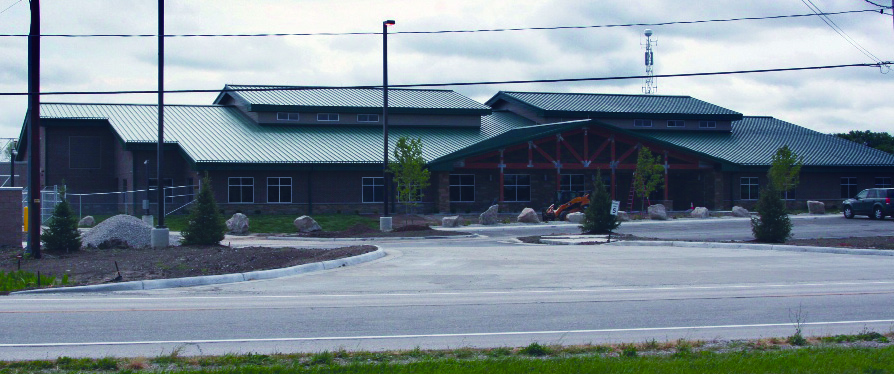
Customs and Border Protection Station
Sandusky Bay, Ohio
USACE Federal Partner: U.S. Customs and Border Protection (CBP)
Project Background: The CBP Station in Sandusky Bay, Ohio is a new, 60,000 square foot, joint operations facility housing a total capacity of up to 95 U.S. Customs and Border Protection agents and officers. The new facility improves communication between CBP’s three branches: Office of Border Patrol, Office of Air & Marine, and Office of Field Operations. The three branches each possess unique skill sets while sharing the mission to prevent terrorism, narcotics trafficking, and illegal immigration. The building also serves as a central location for federal, state, and local law enforcement collaborations. The station was designed and constructed to meet Leadership in Energy and Environmental Design (LEED) Silver requirements.
USACE Involvement: From 2010 through 2012, USACE Buffalo District provided overall project management and execution support, to include real estate procurement, environmental assessment completion, and design and construction management for the CBP Sandusky Station. USACE’s fast-track contract award and project execution assisted CBP in meeting critical funding obligations and delivered a quality facility ready for owner occupancy within one year from the beginning of construction.
"I have no doubt that this facility will be a template for others to emulate."
John Beutlich, Director of the Northern Region, Customs and Border Protection, Office of Air and Marine
"This idea of jointness has morphed from a best practice to a necessity. In a time of fiscal constraint and austerity, this is the way to go."
Randy Gallegos, Chief of Border Patrol Detroit Sector